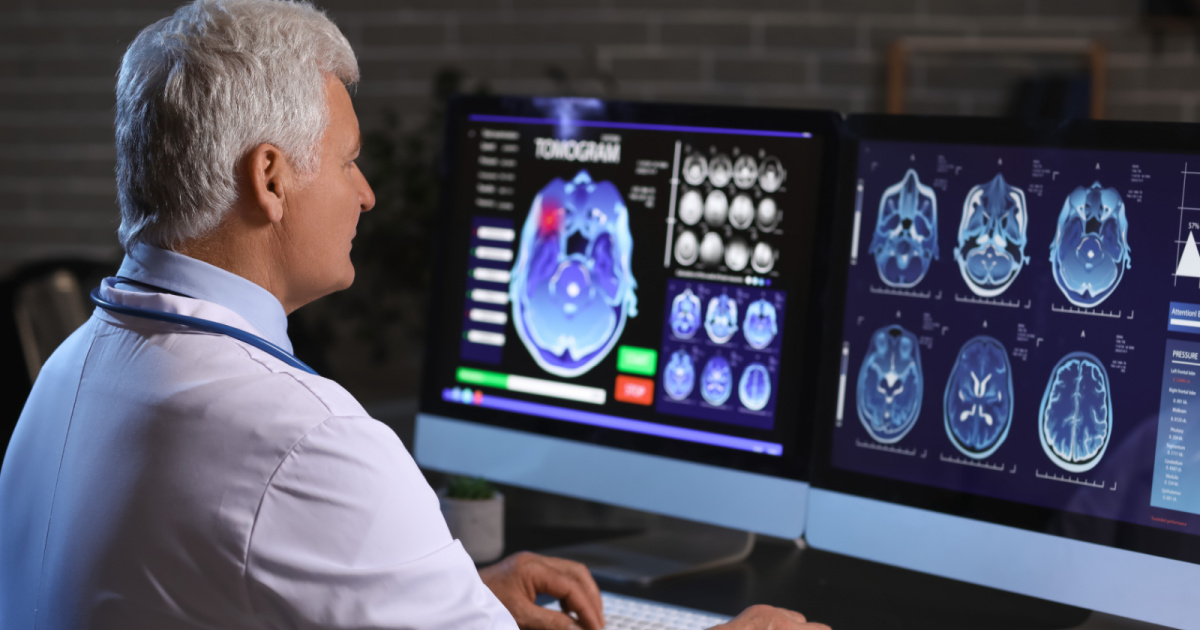
Kids and teenagers often get a pass – or at least, a lot of grace – for their behavior and decision-making.
This is because the part of their brain that manages these process doesn’t mature as quickly as the rest of the body.
Most people believe 25 is the magic age of maturity, but is that true?
In reality, the human brain is too complex to put a firm number on anything.
We know for sure that the brain doesn’t stop developing at age 25, but the prefrontal cortex, which is the part of the frontal lobe responsible for rational thought, solidifies around that time.
Neuroscientist Shannon Odell explained the process in a Ted-Ed video.
“The prefrontal cortex, a brain region responsible for cognitive control and inhibition, is slower to develop. Adults benefit from a well-developed prefrontal cortex, allowing them to better execute skills that require learning, focus, and memory.”
There has been ongoing research into when, exactly, this shift happens. 2,000 people between the ages of 4 and 26 have been scanned over a long period of time, and the researchers concluded 25 was a reasonable number.
That said, every single person will not wake up on their 25th birthday to suddenly feel ready to make all of the rational decisions in their life.
The research also revealed that the timeline of development varied greatly between individuals, and often finished a year or two earlier in women.
They’re not sure why, and some critics of brain-imaging research stress that there remains no proven correlation between brain changes and behavior.
A 2022 paper looked at how the brain changes over the course of our lives using 123,984 MRI scans from 101,457 participants of all ages.
Dr. Richard Bethlehem and Dr. Jakob Seidlitz, co-first authors – said their study should give other researchers the dataset they needed for more study.
“We generally have an understanding of how big the human brain is, but we have never been able to measure this with such precision or at such a large scale, across the whole lifespan. There is no single dataset that could answer this question. It has been only through this truly global effort that we have been able to virtually ‘stitch’ together dozens of neuroimaging datasets at a massive scale.”
In addition, they believe they’ve achieved a “standard blueprint” for how the brain develops, as well as a language for converting brain measures into “percentile scores.”
The data has a lot to tell us, then, about how the brain changes through life.
“Perhaps somewhat unsurprisingly we find that the most basic morphological properties that we measure have their peak early on in development, many even before the sixth year of life. So changes are much more rapid early on in development, while in later stages of life the changes are more subtle and gradual. We find that the individual variability is highest in adolescence and young adulthood (when individuals with psychiatric disorders are typically diagnosed).
Even so, they agree that there is no “one-size-fits-all” timeline.
“We find that not only is there enormous inter-individual variability but also that it really depends on the specific property that you are measuring and in which part of the brain you are measuring it. We also acknowledge that even with 125,000 scans we don’t have a full and comprehensive picture of the true variation in the population as these are still biased towards WEIRD [Western, Educated, Industrialized, Rich, and Democratic] countries where a lot of this research is done.”
The brain does mature, but in reality, it never stops changing.
“There is a lot of research happening (not least in our collaborative network) to see whether some of the developmental milestones we identify intersect with milestones of cognitive development. There is also a large field of research trying to pinpoint specific cognitive domains and functions to specific maturational patterns of different brain systems. There is probably an association between how we think and how our brain develops and is organized, but to make studying this practically feasible we tend to break this down into smaller chunks of specific cognitive processes and specific properties of the brain.”
In our mid-twenties, many different regions of the brain have reached their maximum volume, which is where the general number comes from.
It is still “malleable to change” after that, though, and many people younger than 25 are “capable of functioning at a developed level.”
Which is to say, you might have an easier time after your mid-twenties with certain impulses and decision-making.
But your age should never be an excuse.
If you found that story interesting, learn more about why people often wake up around 3 AM and keep doing it for life.